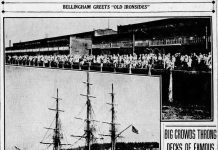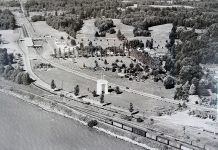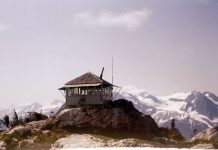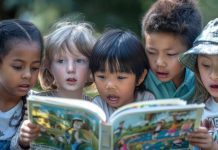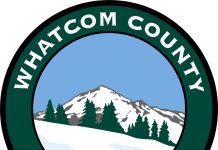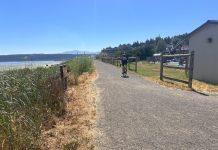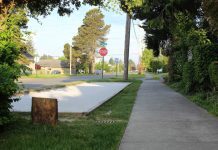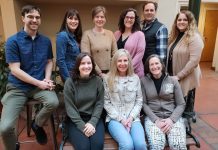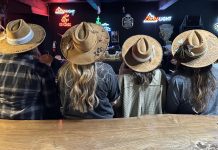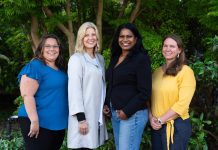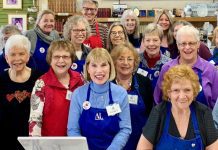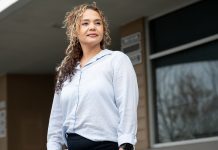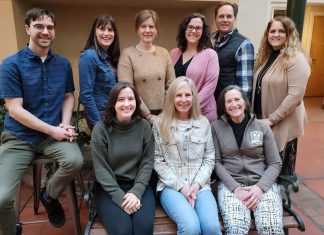KáaSháyee Kéet’aakw was raised in Ketchikan, Alaska, right in the middle of his historical Tlingit Alaska Native homeland. When he was 14 years old, his family moved to Ferndale, likely to enjoy a lower cost of living and a lifestyle that wasn’t so dependent on the boom-and-bust economy of the trades and tourism industries. He arrived just in time to enter his freshman year of high school and has more or less made his life in Ferndale ever since.
He began a career in graphic design in 2009 and has worked in marketing specialties like sign layout and logo design, as well as print layout and business cards. When the pandemic arrived in 2020, his job ground to a halt. This gave him the opportunity to take stock where he was in life and what he wanted for his future. He also took an inventory of any deficits he felt and found his connection to culture was lacking.
“Being that I was in Washington, dislocated from Alaska, I thought one place I could start would be to enroll at Northwest Indian College,” he says. “They had quite a few classes on Cultural Sovereignty at the core of their Native Studies Leadership Program, and it really sounded like I would be diving into who I was as a Native person.” He enrolled and found the classes did exactly what he hoped they would; he is now set to graduate in 2024.
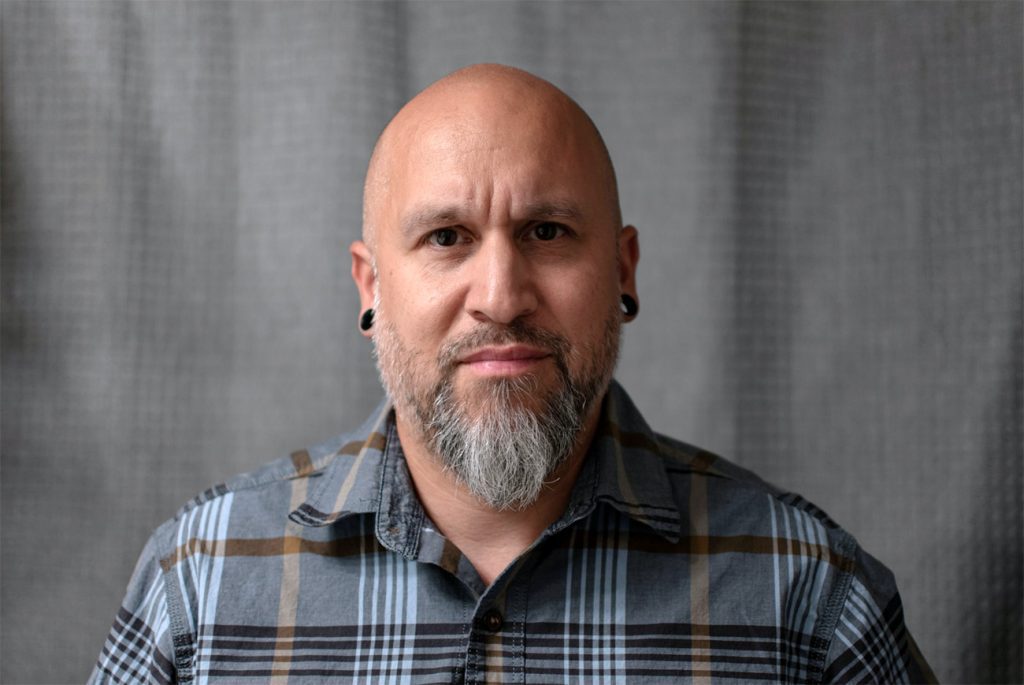
Learning the Forms
Online learning spread like wildfire during the pandemic. KáaSháyee had already taken one online workshop in 2019, offered by Sealaska, a corporation established by the Alaska Native Claims Settlement Act. It taught Formline, a very distinctive aspect of the visual art produced by Indigenous groups of the Northern Northwest Coast of the North American continent. Its flowing lines and use of strong positive and negative space can be found in paintings and carvings by Tlingit and Haida Tribes, along with many others.
As more and more artists took to the internet to stay connected, KáaSháyee found himself working with five different teachers. He learned about art, design, and his own history — but he was also absorbing how different people teach and started to himself feel a call to teach others. “There are quite a few Alaska Natives that live outside of Alaska, and many of us would like to connect with the culture,” he says. “Even in Alaska, plenty of people would love to learn, but if there isn’t somebody on the other end to help, that makes it difficult.”
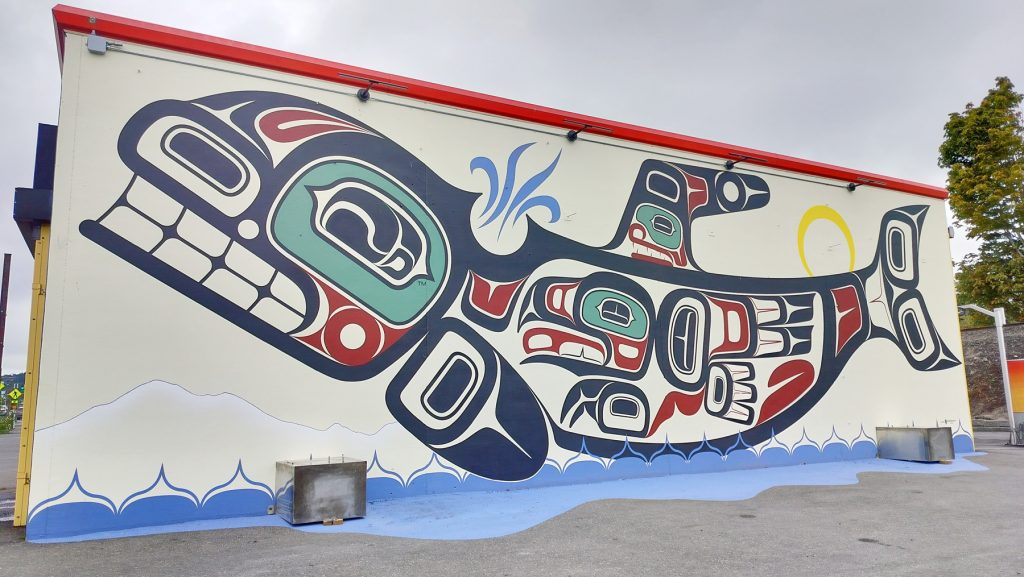
A Journey via Paddle
As the world began to open up again, KáaSháyee traveled to the Port Townsend School of Woodworking to take classes in carving masks and paddles. Because the Tlinglit are largely coastal, the canoe is central to their way of life and paddles have always been some of their most valuable tools. As a result, they’ve also become a symbol of heritage.
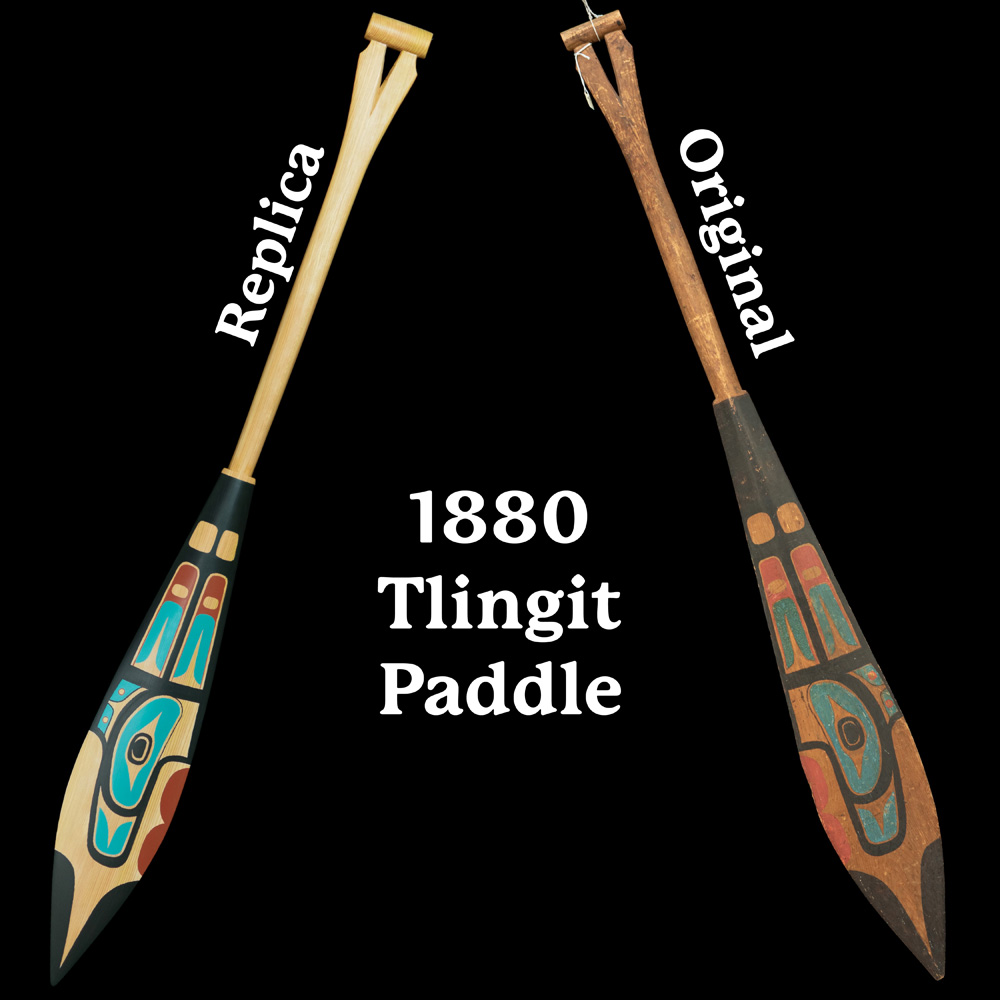
“When I finished my paddle, I found that it was a nice piece of artwork, in its shape and design,” KáaSháyee says. “But it wasn’t a functional paddle you would use to pull, in a canoe.” He began to compare this current artwork to what would have existed prior to European colonization.
This led to an application to visit the Burke Museum of Natural History and Culture in Seattle. More than just an art museum, the Burke traces its roots to 1879, and holds more than 16 million artifacts. KáaSháyee was selected to make a three-day visit and was granted an assistant to assemble a selection of pieces from as far back as the 1870s. He was able to handle them and make drawings, trace outlines, and use calipers so he could make replicas. As he examined 21 different paddles, KáaSháyee found that only one had the form of a true, traditional paddle. Although some examples dated back to the 1870s, because of the presence of European settlers “even then they had changed,” he says.
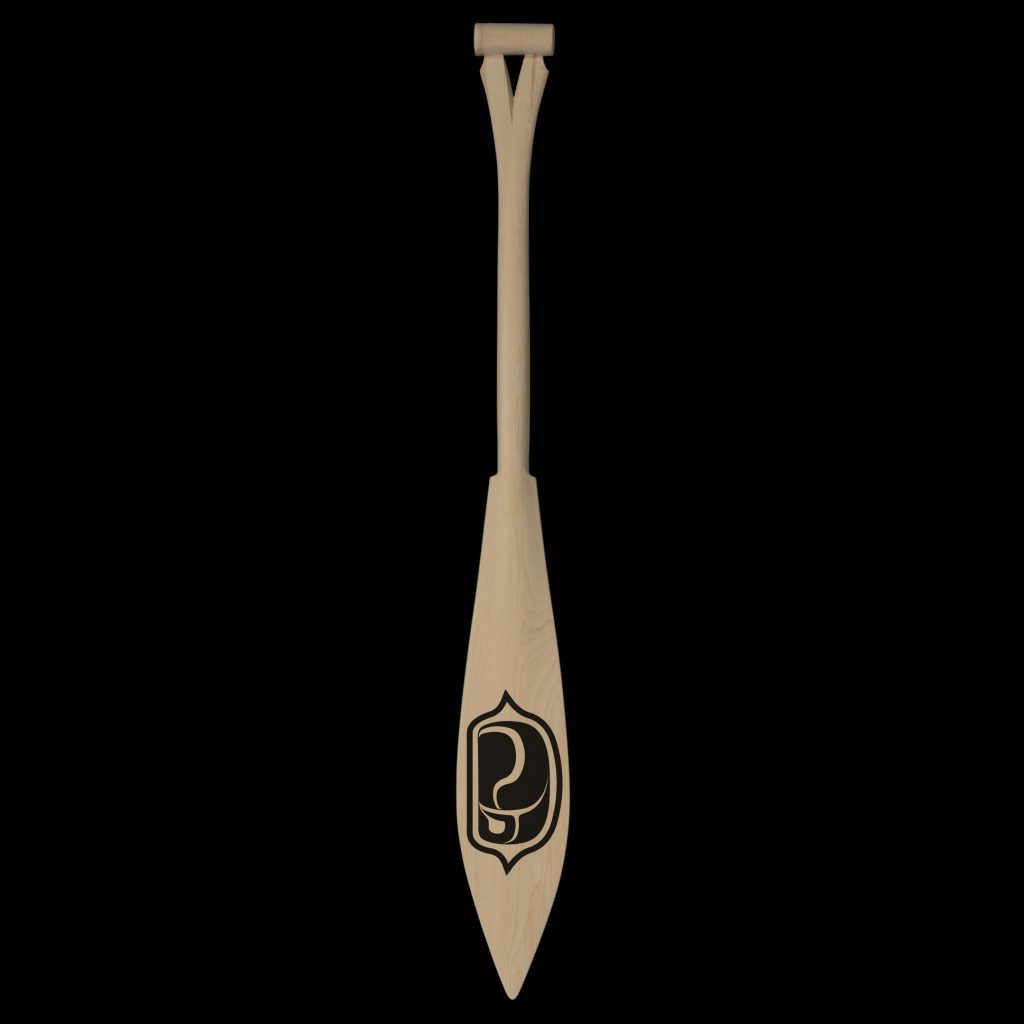
His goal was to find the differences between the old objects and today’s artwork, and to be able to close that gap. As he carved a number of paddles, he discovered an interesting glimpse into the past: even with the best possible planning, he would arrive at a part of the carving and realize there was a better way to do it. Saying to himself, ‘This probably isn’t the way it was done,’ over and over again seemed to only strengthen the link to the past.
Identifying a Language
This year, KáaSháyee returned to the Burke to study again, this time focusing on two-dimensional art. “I looked at many orca designs that were done in the Formline style, and I started seeing patterns where certain elements were placed,” he says. “There are stories attached to these different designs, and this artwork accompanies stories.”
“Whether it be a mask that somebody would dance with during storytelling and song, or engraved onto a box, there might be a raven holding a sun in his beak,” KáaSháyee says. “That ties it to the story of ‘The Raven Brings the Light,’ an origin story we tell. What we’re talking about is a visual language.”
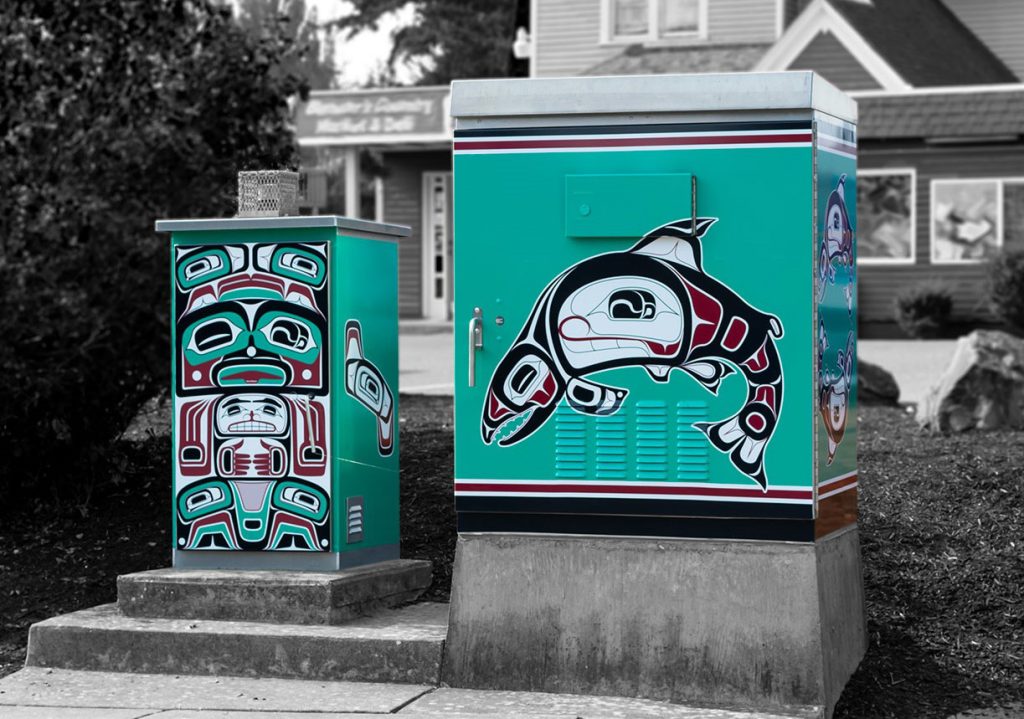
Along the coasts of Alaska and Canada, he says, the artwork produced by different Tribes looks similar. But by looking closer, the viewer can notice differences. Sometimes it’s as obvious as a clan’s crest, but other times it’s much more subtle. While they all may speak the same visual language, you can detect differences in regional visual dialects. Here in Southern Canada, Washington, and Oregon, people use a Coast Salish way of assembling designs — a different language — but there are still more different dialects.
Sharing His Story
As an Alaskan in Washington and a trained designer who practices art, KáaSháyee is careful in how he approaches his work. He was recently commissioned to create a logo for a Native Education Conference that brings together teachers from Washington, Oregon, and Alaska. He wanted an image that spoke to all three areas, but didn’t want to copy any styles, so he blended a wave to represent Oregon, an evergreen for Washington, and an Alaskan mountain. He is currently brainstorming along similar lines to create a logo for the WWU Native American Student Union.
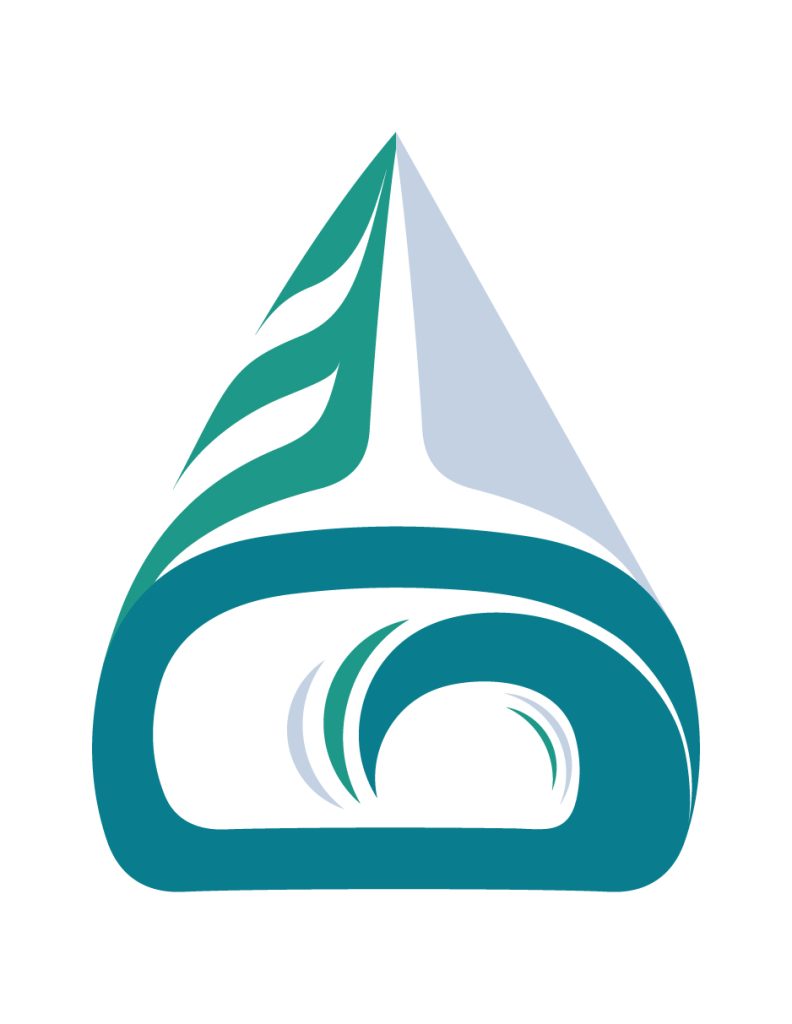
His work is visible in Bellingham’s Waypoint Park, on a 150-foot-long wall found close to the intersection of Granary Avenue and West Chestnut Street. The piece is a collaboration by seven artists representing Lhaq’temish, Nooksack, Tlingit, Haida, Tsimshian, Nimiipuu, Dineh, Apache and Port Gamble S’Klallam Tribes.
KáaSháyee also recently completed a 600-square-foot mural that welcomes people into downtown Ferndale, on the east-facing wall of Kevin’s Car Wash. “The design is the orca, and it’s my first iteration of those elements that I examined at the Burke Museum,” he says. A close look at the components that make up the design reveals that one of them is the question mark in the orca’s eye.
Question Marks, Past and Future
As KáaSháyee investigated his past, he discovered a story about his own grandfather. Since the Tlingit are matrilineal, family names follow the lines of their mother figures. But the Europeans are patrilineal, and when they made their written records, they tried to follow the lines of the fathers. So, when his grandfather tried to trace his family tree, he was left with more questions than answers. When KáaSháyee’s grandfather carved himself a paddle, in the place where he might have carved his family’s crest, he instead decided to paint a question mark.

KáaSháyee has taken this cue and decided to continue placing that question mark within his own work. In this way, it also becomes a statement, a part of a story that is being told by visual artwork. As a result, it makes his designs more than ‘just art,’ and allows them to also become part of a continuing visual language.
As he moves forward with his own projects and pursues more collaborations, KáaSháyee also plans to share what he has learned, so other artists can carry their languages into the future.
“I think about all the people who can connect and engage with their culture, and it would be life-changing to them, to their identity,” he says. “I feel that my future is going to be making resources available to people to learn the Tlingit visual language.”
Visit www.kaashayee.com to enjoy more of Káasháyee Kéet’Aakw’s art and to learn more about him and his projects, Tlingit culture and art, and his involvement in the community.







